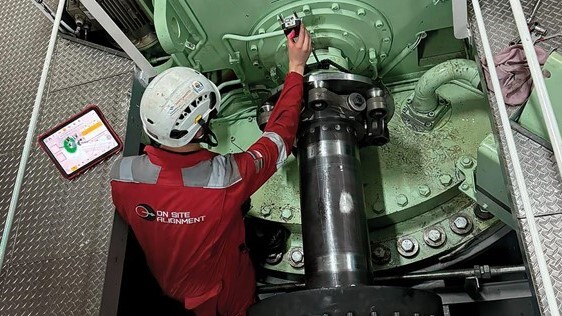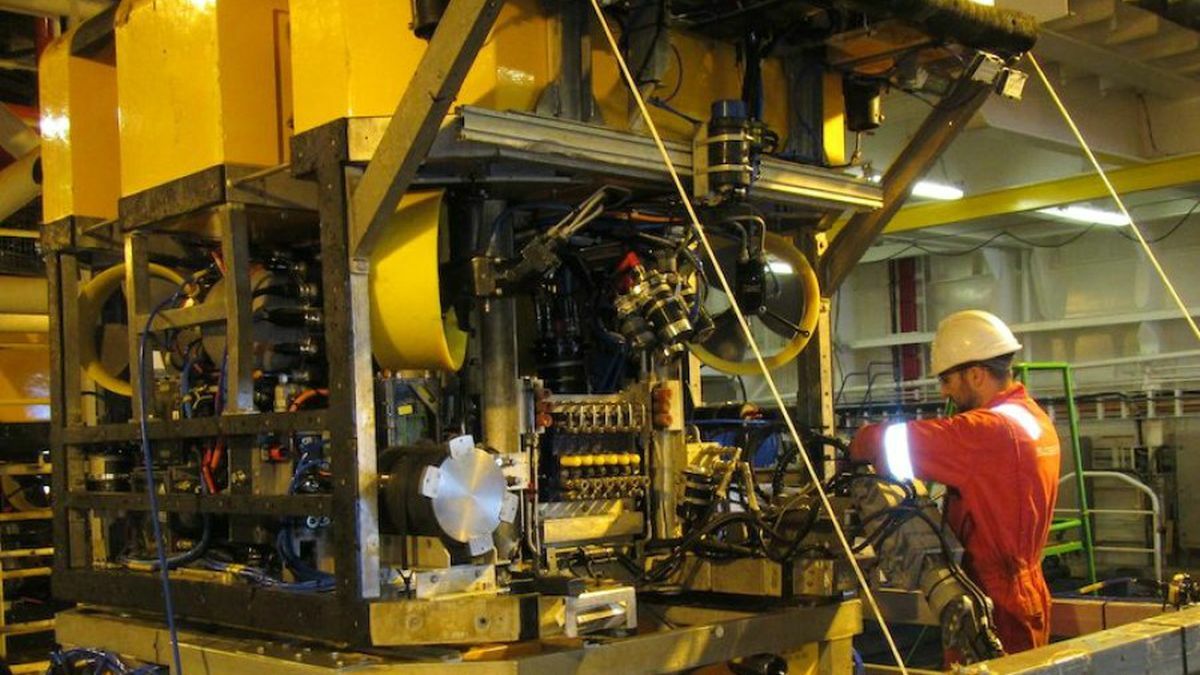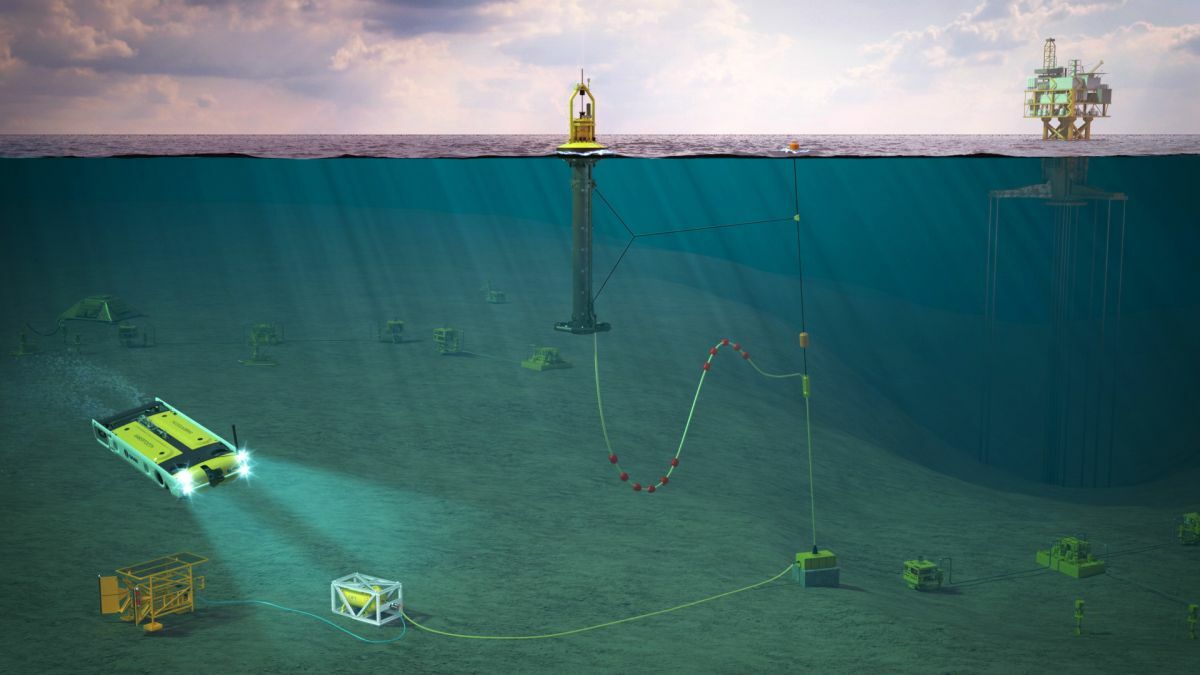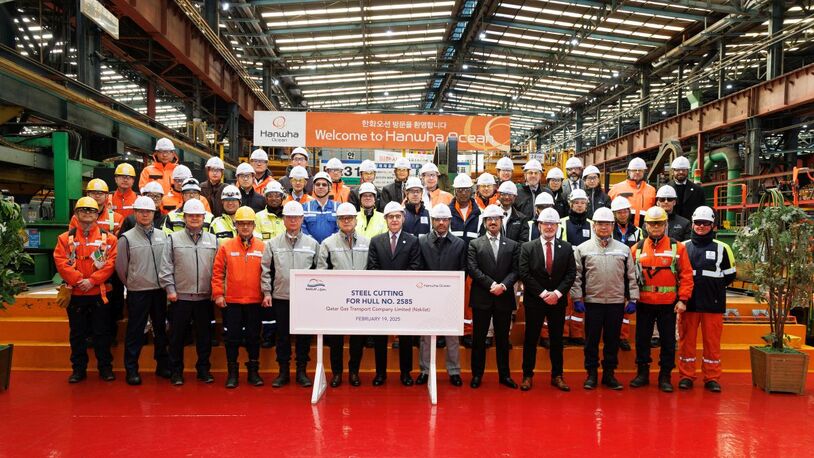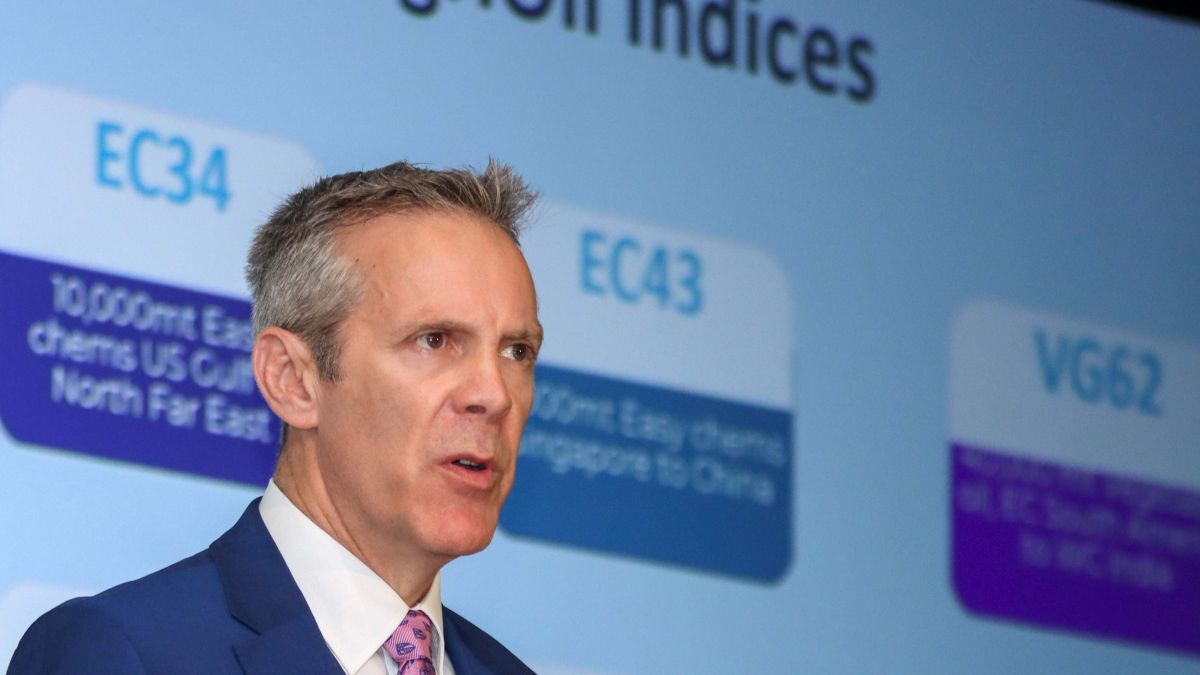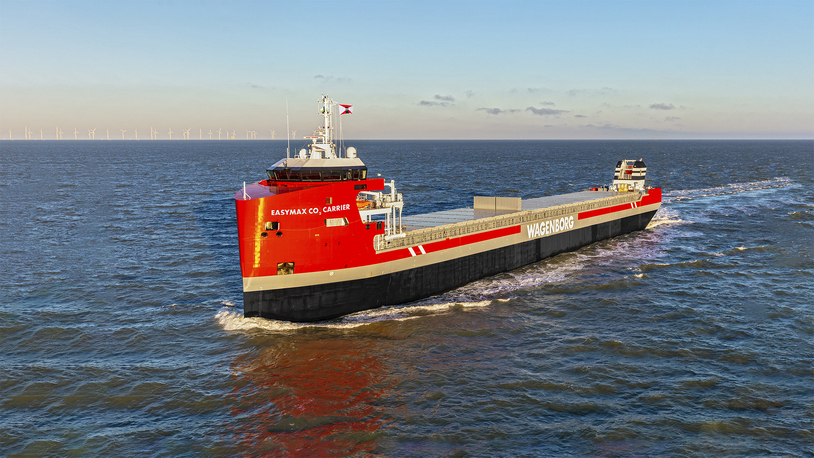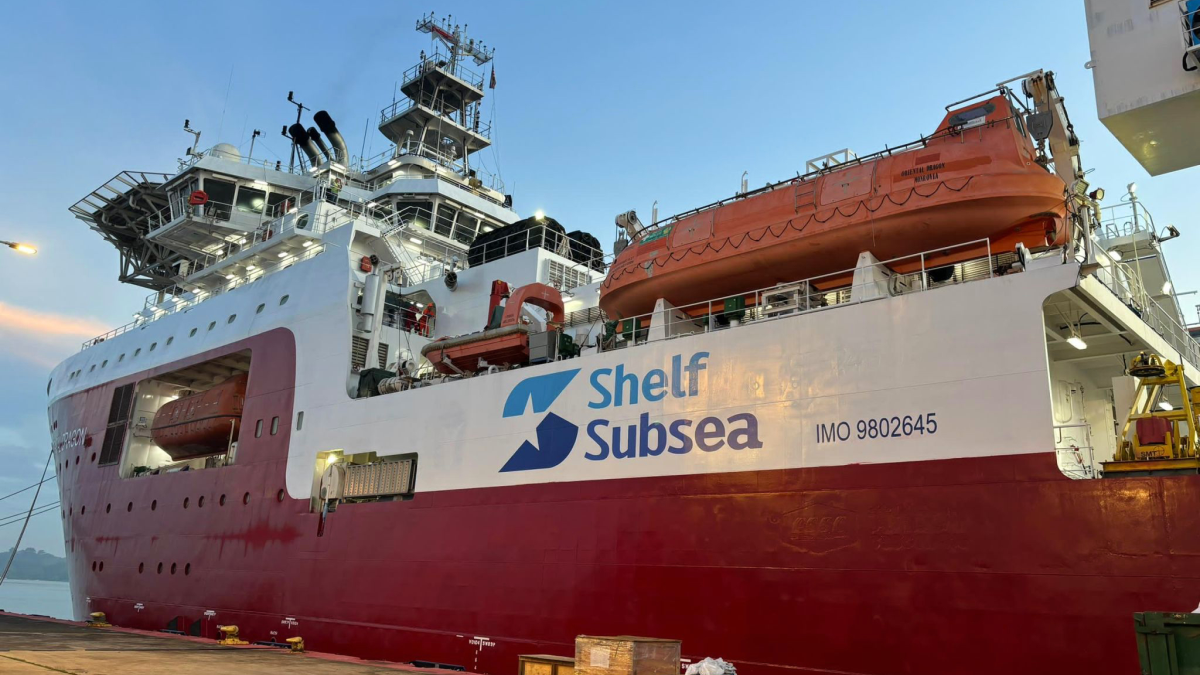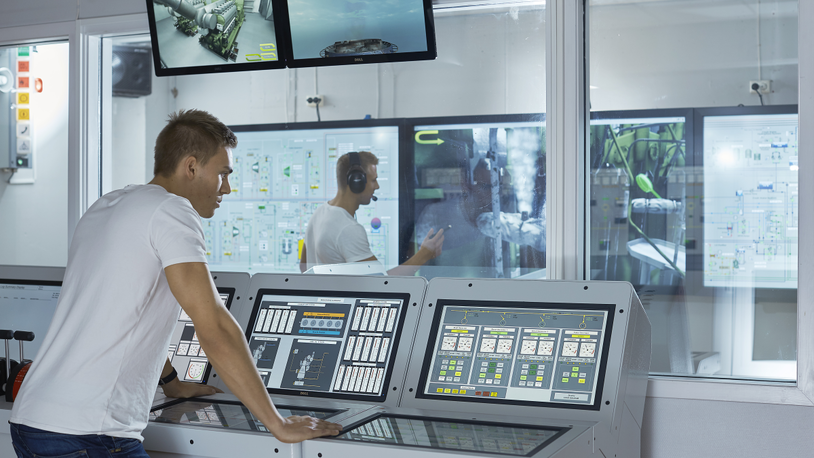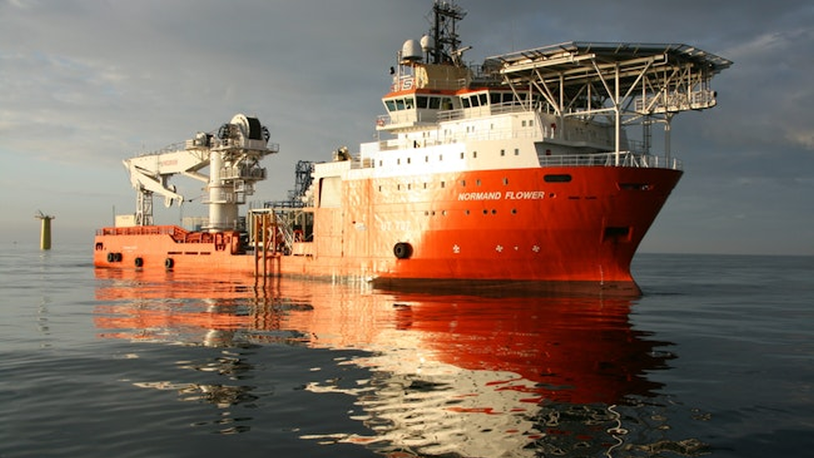Business Sectors
Events
Contents
Subsea high-speed data imaging cuts costs and the carbon footprint
An advanced remotely operated vehicle deployed for pipeline inspection work is reducing vessel fuel consumption and onshore costs while accelerating data acquisition
Remotely operated vehicles (ROV) combined with artificial intelligence (AI) tools for data analysis are beginning to disrupt the offshore oil and gas market. In doing so, they are playing a central role in lowering CO2 emissions, improving efficiencies and reining in costs. In a low oil price market, oil and gas companies that are transitioning towards the decarbonisation of their operations are looking at innovative ways to deploy ROVs and autonomous underwater vehicles (AUVs), in combination with emerging digitalisation strategies.
Essentially, tethered underwater robots, ROVs are ‘flown’ by pilots stationed onboard OSVs for a variety of missions related to offshore oil and gas extraction. Weighing upwards of five tonnes depending on the class and configuration, ROVs are fitted with sensors, cameras, lights, manipulators and tools to perform maintenance and inspection, repairs, and capture critical data at depths of more than 3,000 m. There are about 500 work class and 1,000 observation class ROVs in operation, according to the International Marine Contractors Association (IMCA).
One example of a work class unit is Subsea 7’s Hercules class ROV. Rated at water of up to 3,000 m, the ROV has four axial and four vertical thrusters, making it highly manoeuvrable at extreme depths and in strong current conditions. A triple wire-armoured lift umbilical is used to transmit data from its array of sensors, while also providing high-voltage electrical power to the ROV.
Deploying a Hercules class ROV from the 113-m inspection, repair and maintenance (IMR) vessel Normand Subsea, Subsea 7’s life of field business unit i-Tech 7 completed a high-speed, high-definition pipeline general visual inspection (GVI) for oil and gas major BP in the West of Shetland in the North Sea in water from 10 m to 220 m.
The objective of the inspection was to record and quantify the overall condition of over 290 km of pipeline at high speed.
Using i-Tech 7’s fast digital imaging (FDI) solution, all pipeline events and anomalies, such as field joints, anodes, free spans, damage and debris, were captured to allow assessment by integrity engineers. i-Tech 7’s FDI solution reduced the time required for the inspection by 10 days when compared to traditional video inspection, according to the company. This saved an estimated 158.5 m3 of vessel fuel and reduced the CO2 footprint of the operation by 490 tonnes.
The technology behind the project grew out of a five-year agreement signed in 2018 with Fortune 500 IT, engineering and data science company Leidos. As a result of the partnership, i-Tech 7 was able to apply machine learning and AI to the traditionally manual processes involved in inspecting subsea oil and gas infrastructure.
“We have a vast amount of specialist knowledge running subsea inspection, repair and maintenance campaigns over the last few decades,” says i-Tech 7’s strategy and technology director Hugh Ferguson. “Data, now more than ever, forms a critical role in helping us to run our business safely, efficiently and quickly.”
Leidos’ approach is to use something it calls ‘augmented intelligence’ – essentially a combination of human expertise and AI.
Leidos says: “Automated systems have unparalleled power to spot patterns and repetitively process vast quantities of data quickly and cheaply. Combine this capacity with human subject matter expertise, and you enable informed decision-making that minimises errors, raises standards, and is guided by human specialists.”
Leidos and i-Tech 7 are using technologies such as machine vision, AI, and neural networks in order to reduce the repetitive aspects of experts’ jobs. Applying these techniques and capabilities to the subsea pipeline survey and inspection process is freeing up substantial amounts of time – automating up to 75% of certain aspects of the process – which can be better used for high-value tasks that involve creativity, decision-making, and intuition, says Leidos.
Advanced AI capabilities are able to automatically detect features and anomalies in a subsea pipe, measure, and categorise them. This optimises labour, improves accuracy and shortens the timeline between data collection, analysis, and response.
For the BP FDI project, i-Tech 7 applied a streamlined workflow process and lessons learned from the previous campaign, reducing the processing and reporting delivered by 35% compared to 2018. The reduced data volume accelerated processing times and also reduced the number of personnel required offshore by four in 2019, lowering costs and enhancing safety.
This project is the first phase of machine vision and automated survey processing, enhancing the efficiency of future campaigns in Azerbaijan, Georgia and Turkey (AGT), where BP is active at the Azeri Chirag Gunashli giant oil field and Shah Deniz giant field and in North Sea regions.
BP is not the only oil major looking to ROVs and increased automation. Shell has also inked a five-year deal with i-Tech 7 to collaborate on subsea digitalisation. With cost control, safety and decarbonisation in mind, Shell wants to fast-track innovation and streamline the adoption of applied technologies in areas such as marine robotics, advanced sensing, AI and autonomous systems.
A ‘Carbon-free’ AUV
Sustainability, productivity and cost control are core elements in the development of a ‘carbon-free’ subsea AUV residency system for long-term, persistent deployment without support from manned vessels.
Being jointly developed by US-based Ocean Power Technologies, Inc (OPT), Modus Seabed Intervention and Saab Seaeye, the subsea AUV will use electrical power supplied by a buoy that generates its power from ocean waves.
“We believe a self-contained system, powered by an OPT PB3 PowerBuoy and exempt from existing ocean infrastructure, has the potential to revolutionise the industrial use of AUVs and make long-term residency a cost-effective reality,” says OPT president and chief executive George Kirby.
“Modus Seabed Intervention’s experience with advanced technology development efforts in subsea docking with Saab Seaeye’s hybrid AUV enables autonomous offshore operations and we believe it is a natural fit for our environmentally sound PowerBuoy ocean power and communications technology,” adds Mr Kirby.
Remote operation, without the need for surface vessel support or complex power and data umbilical cable systems to offshore platforms or land, has the potential to offer significant cost savings over operations that would otherwise require manned support vessels – including long-term environmental monitoring, frequent subsea equipment integrity inspections, and interaction with seafloor assets.
Using electricity generated from wave power, a PowerBuoy can provide carbon-free power to a seabed docking station to recharge an AUV while enabling secure data transmission to and from shore-based operations located anywhere in the world.
The autonomous resident AUV concept has been jointly submitted for US government development and demonstration project funding consideration.
Related to this Story
Events
Maritime Environmental Protection Webinar Week
The illusion of safety: what we're getting wrong about crews, tech, and fatigue
Responsible Ship Recycling Forum 2025
© 2024 Riviera Maritime Media Ltd.

